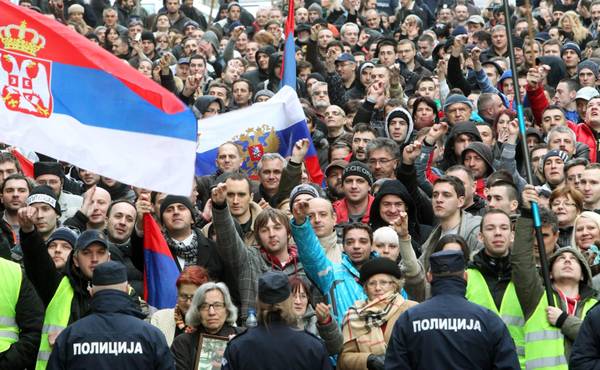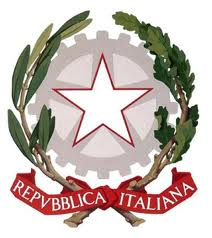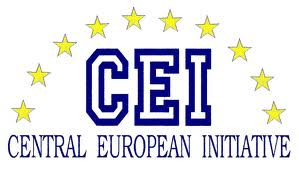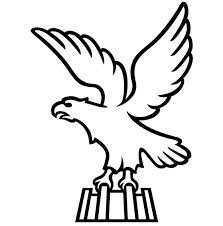New Europe, political progress, eyes on the economy
In 2013 two-speed area, Croatia joins EU, Serbia approaches
29 March, 19:24by Beniamino Pagliaro
(ANSA) - TRIESTE - 2013 was the year of the entry of Croatia into the EU, but it will also be remembered for the biggest step forward along Serbia's path to Europe. The deal signed on April 19 opens to the normalization of relations with Kosovo and enables Belgrade's voice to be heard in Brussels. The negotiations which start on January 21 is also one of the few successes obtained by the EU foreign policy in a very difficult year.
2013 has confirmed the existence of a New Europe which is running at two speeds, independently from the European status of each country. The locomotive of Eastern Europe is Poland, celebrated by Bloomberg Businessweek as the most dynamic economy in Europe: the gross domestic product (+1.3 % in 2013 , 2.4% in 2014 according to the IMF) is now about $ 500 billion, almost a quarter of the whole Italian economy. Serbia has grown by 2% (38 billion) and will continue to do so in 2014, along with Romania and Belarus. An even better performance has been done by the small Latvia (+4 %), which will also celebrate on January 1st its entry into the eurozone, while Ukraine and Hungary will record a growth close to zero.
Croatia was still celebrating the 28th star on the European flag when Zagreb received a warning from Brussels on the excessive deficit. The Social Democratic government has planned for 2014 privatizations, new taxes and spending cuts.
Nevertheless, prime minister Zoran Milanovic admits that recovery is not at hand. Thus, the Croatian question raises questions about the Union's future and it is expected that the upcoming negotiations will be even more focused on the new members' economic endurance.
The official candidates are today Macedonia, Montenegro and Serbia, but even Albania could join the group in June 2014, since this country has made good progress in the fight against corruption and crime. Anyway, geopolitical weight and connections with Russia and Turkey make everybody look at Belgrade. Prime Minister Ivica Dacic is pushing the country to enter into Europe, but the Russian siren is always awake, and well appreciated by the population: according to a survey, 67% of Serbs would prefer an alliance with Moscow rather than with Brussels.
Belgrade's doubts reflect those of an entire area, halfway between Western Europe, Russia and the Ottoman fascinations.
Ukraine, for example, rejected a association agreement with Europe in November. After a month of street protests, President Viktor Yanukovich flew to Moscow and came back home full of fresh rubles by Tsar Vladimir Putin.
It was also a year of protests - and it is not quite normal in this area. From Kiev to Ljubljana, from Prague to Budapest, from Tirana to Belgrade, many demonstrations took place, pro EU and anti EU, against the austerity measures and against extremist governments.
Slovenia, one the nearest countries to Europe, having also a commissioner, was among those which had to deal with the great problems with the banking system. At the end of 2013 it records a decline of GDP by 2.6% despite the efforts made by the technocratic cabinet led by Alenka Bratusek.
On the horizon - the World Bank and the EU Commission agree on estimates - there is a consolidation of the recovery within the whole area, with growth rates which are quite impressive when compared to the Old Europe. But unemployment is still troubling, not only in Bosnia and Herzegovina and Macedonia, the 'black holes' of the area, where the jobless are 44 and 28% of the population.
In 2013, diplomacy and politics have made the New Europe grow, even though along a long and bumpy road. It's now a matter of the economy to give substance to development plans. (ANSA).














